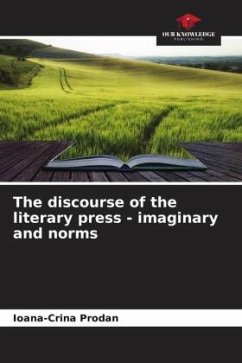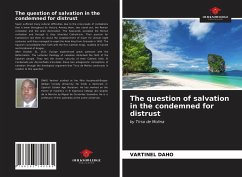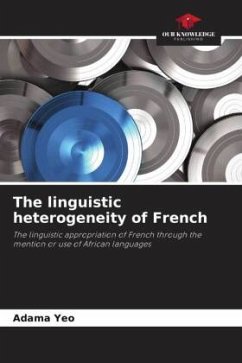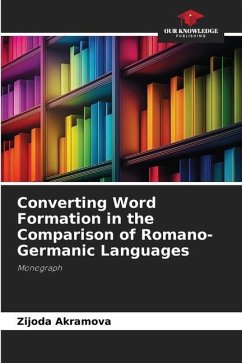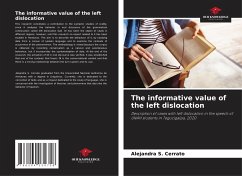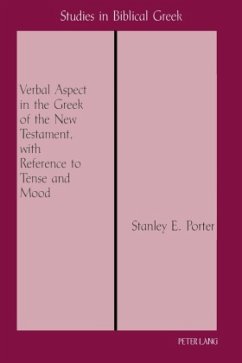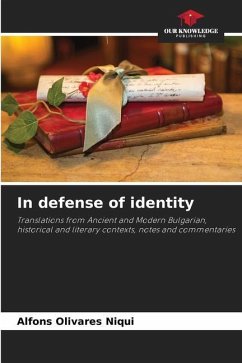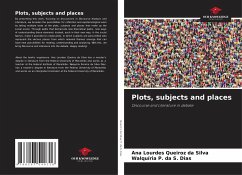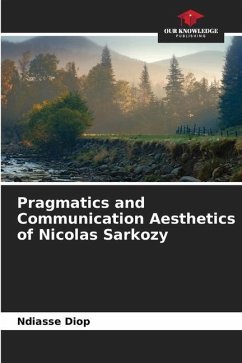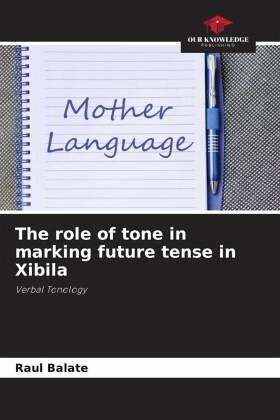
The role of tone in marking future tense in Xibila
Verbal Tonology
Versandkostenfrei!
Versandfertig in 6-10 Tagen
29,99 €
inkl. MwSt.

PAYBACK Punkte
15 °P sammeln!
The author argues within the autosegmental theoretical apparatus proposed by Goldsmith that the Future Tense is marked morpho-suprasegmentally in Xibila, a variant of Changana S53 in Gutrhie's 1967-1971 classification spoken in the Chibuto District. Previous studies on the marking of Tense and Aspect always favored the morphological domain. The data collected through philological, interview and introspective technical-methodological assumptions indicate that the tone intervenes inseparably from the morphemes in the marking of the Future Tense in Xibila. Furthermore, the data collected from the...
The author argues within the autosegmental theoretical apparatus proposed by Goldsmith that the Future Tense is marked morpho-suprasegmentally in Xibila, a variant of Changana S53 in Gutrhie's 1967-1971 classification spoken in the Chibuto District. Previous studies on the marking of Tense and Aspect always favored the morphological domain. The data collected through philological, interview and introspective technical-methodological assumptions indicate that the tone intervenes inseparably from the morphemes in the marking of the Future Tense in Xibila. Furthermore, the data collected from the informants of the different variants of Changana crossed with the Xibila variant do not prove morpho-tonological differences in the marking of the Future Tense, only phonetic.



